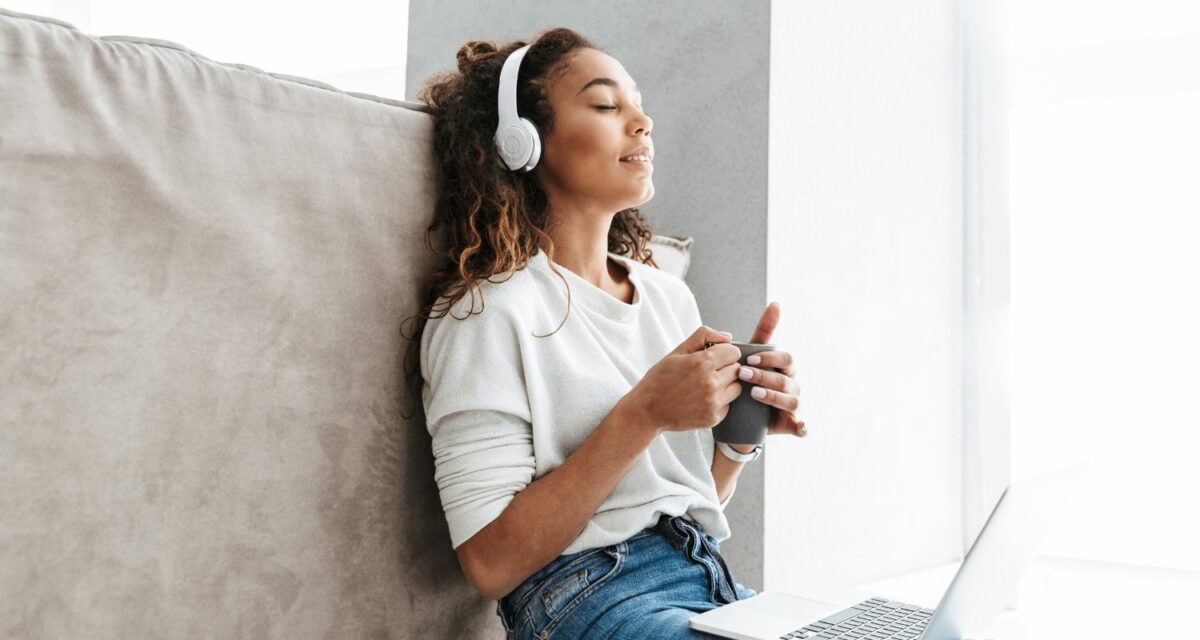Do you use headphones when listening to music, movies, and media? Most people do. Since the invention of the Sony Walkman in 1979 headphones have been all the rage, allowing people to listen to what they want, when they want in public, without disturbing others around them. There is no denying that headphones are amazing, but they also come at a risk to our hearing. The World Health Organization (WHO) reports that 1.1 billion young adults are at risk of hearing loss caused by unsafe use of personal audio devices as well as absorbing loud noise in entertainment venues. WHO reports that among people between the ages 12-35:
- 50% listen to unsafe levels of sound through personal audio devices (ex. smartphone)
- 40% are exposed to potentially damaging levels of sound at nightclubs, bars, and sporting events
WHO believes that awareness is the key to protecting hearing loss as a society, which has prompted them to launch a global campaign: Make Listening Safe. The goal is the bring awareness to safe listening practices and avoid more people of all ages from the dangers of noise induced hearing loss.
Noise Induced Hearing Loss
Most of us like music because it effects our mood. When we are feeling down, sad music can help to feel less alone and when we want to be energized music can help us get there. However, it’s important to listen to music at safe listening levels. When your music gets too loud it can cause lifelong damage to your ears.
Sensorineural hearing loss is the most common type and can be cured from a wide aray of causes including impact to the head, infection, exposure to ototoxic chemicals, certain medications, cardiovascular disease, diabetes, hypertension and even changes to the ear as we age. However one of the most common causes is noise induced hearing loss.
How Loud Is Too Loud?
The volume or intensity of sound is measured in decibels. While it’s safe to listen to sound indefinitely under 85dB, past this threshold it can cause permanent damage. It’s not just the decibel level but the length of exposure and as the decibels climb the time for exposure quickly shrinks. For perspective, it takes 8 hours of constant exposure to sustain hearing damage at 85dB. However, at 95dB the time it takes for hearing damage to occur in only 50 minuets. WHO hopes that people understand the decibel levels of the music they listen to. With an understanding of noise exposure, people can take the proper precautions to protect their hearing as a society for the future.
Here is a chart which can provide reference to common sounds we encounter daily and their average decibel level:
- 0 dB: near total silence
- 40dB: whispering
- 60dB: normal conversation
- 80 dB: city traffic, vacuum cleaner
- 100 dB: volume potential of headphones
- 110 dB: Loud concert or nightclub
Sound Damage to the Inner Ear
When sounds surpass a safe listening threshold of 85 dB it can damage tiny cells within the inner ear called stereocilia. Stereocilia are the sole delivery system for audio waves to reach the brain. When audio vibrations become too loud they cause the stereocilia to vibrate against the membrane walls which hold them cause sing them to shatter and die, leaving many with lifelong hearing loss
Impact of Hearing Loss
The dangers of hearing loss have been underestimated for decades. This is in part why insurance rarely covers hearing exams and treatment despite the actual severity of the condition. Hearing loss is a communication issue, allowing us to connect to the people we love. As years go by with untreated hearing loss it can cause rifts not only at home but in professional settings as well. People with unaddressed hearing loss make on average less than their contemporaries who treat their hearing or have normal hearing. In addition, they are at a higher risk for unemployment. In addition, people with a hearing issue are more likely to struggle with depression, loneliness, cognitive decline, dementia and a greater risk of accidents and falls leading to hospitalization.
Making Listening Safe
Know the levels of sound when you enjoy headphones or live music. When you can turn the volume down and when you can use hearing protection. Hearing protection depending on the model can lower the decibel level by 15-33dB. Spread the word about hearing safety and wear hearing protection with pride. Maybe you’ll help to start a trend!
If you suspect you have hearing loss, schedule a hearing exam today.

